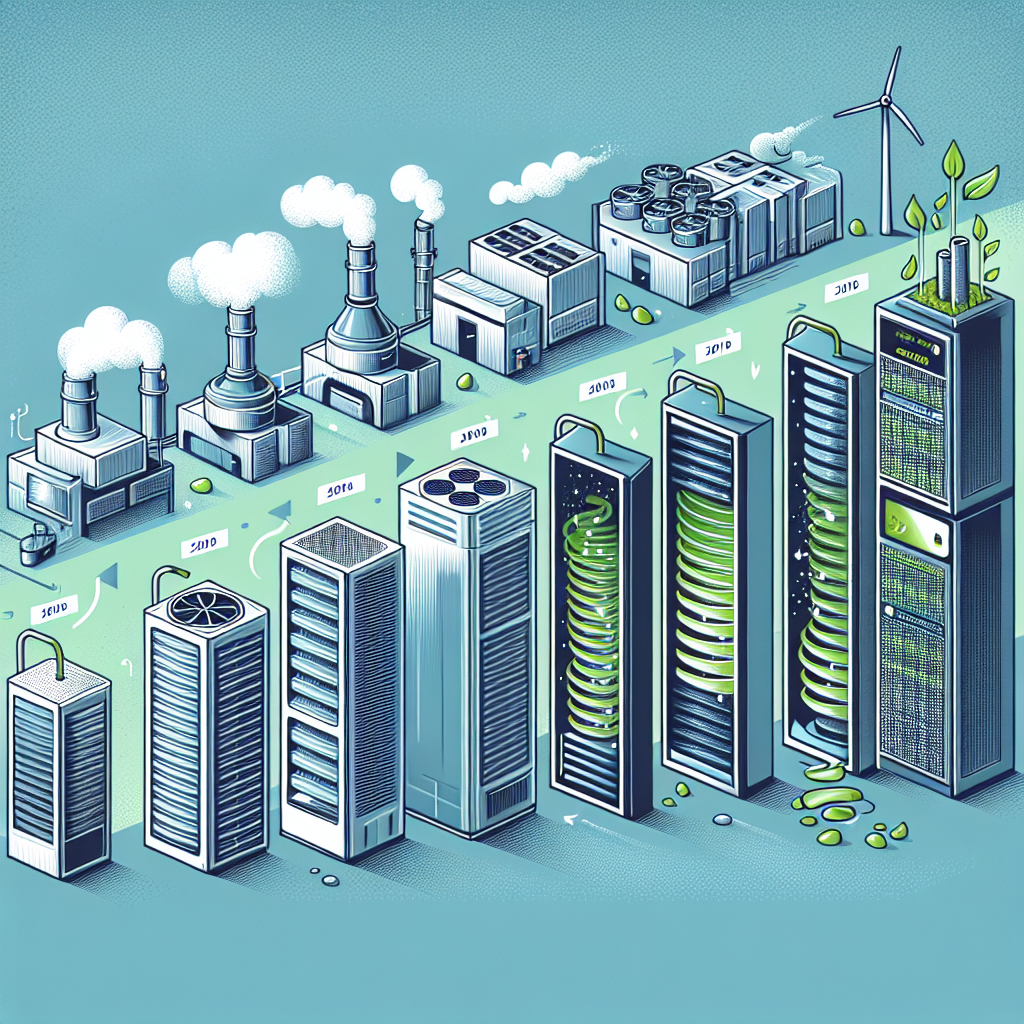Your cart is currently empty!
The Evolution of Data Center Cooling Technologies

Data centers are crucial components of today’s digital infrastructure, housing the servers and networking equipment that power our online world. With the increasing demand for data storage and processing capabilities, data centers have become larger and more powerful than ever before. However, the increased power and density of these data centers have also led to challenges in cooling these facilities to prevent overheating and ensure optimal performance.
The evolution of data center cooling technologies has been a key focus for data center operators in recent years. As data center equipment becomes more powerful and densely packed, traditional air cooling methods are no longer sufficient to keep temperatures at a manageable level. This has led to the development of new and innovative cooling technologies that are more efficient and effective at dissipating heat.
One of the most common cooling technologies used in data centers today is the use of raised floor systems. These systems allow cool air to be pumped through the space beneath the data center floor and directed upward through perforated floor tiles to cool the equipment. This method helps to create a uniform temperature throughout the data center and can be adjusted as needed to maintain optimal operating conditions.
Another popular cooling technology is the use of hot aisle/cold aisle containment systems. This method involves organizing server racks in alternating rows with cold air intakes facing one direction and hot air exhausts facing the other. This setup helps to prevent hot and cold air from mixing, improving overall cooling efficiency and reducing energy consumption.
In recent years, liquid cooling technologies have also gained traction in data centers. Liquid cooling involves circulating a coolant fluid through the servers and other equipment to absorb heat and dissipate it more efficiently than air cooling methods. This technology is particularly well-suited for high-density data centers that generate a significant amount of heat.
Furthermore, advances in artificial intelligence and machine learning have enabled data center operators to optimize cooling systems in real-time based on temperature and workload data. These technologies can predict and prevent potential cooling issues before they occur, improving overall efficiency and reducing energy consumption.
Overall, the evolution of data center cooling technologies has been driven by the increasing demands of modern data centers for more efficient and effective cooling solutions. As data centers continue to grow in size and complexity, it is crucial for operators to stay at the forefront of cooling technology advancements to ensure the optimal performance and reliability of their facilities. By implementing innovative cooling solutions, data center operators can improve energy efficiency, reduce costs, and enhance the overall sustainability of their operations.

Leave a Reply